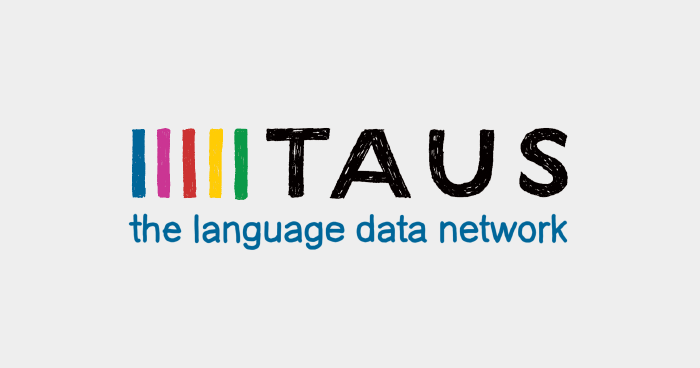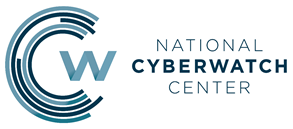Windows Server 2008 is third Server Operating System by Microsoft. Server 2008 was reached general availability on February 27, 2008. Windows Server 2008 may be a robust OS, including many highly desirable features for servers that have a requirement for optimum uptime and availability.
Some of the main new features included in Windows 2008 Server are listed below.
Server Core: Is a brand-new installation option that was introduced in Windows Server 2008. Server Core installation could be a minimal installation and only the services and components needed for the supported server functions are installed.
Read-Only Domain Controller: Windows 2008 introduced a brand new form of Domain Controller, Read-Only Domain Controller (RODC), which is read only. Read-Only Domain Controller (RODC) is helpful for remote locations where their high physical security to put a read/write domain controller, or there are not any skilled system administrators.
Windows Deployment Services: Windows Deployment Services could be a server technology from Microsoft for network-based installation of Windows operating systems. WDS is that the successor to Remote Installation Services with many new improvements. Windows Deployment Services is helpful for performing network-based installation of Windows operating systems.
Self-healing NTFS: With self-healing capability, NTFS now self-heals in an occurrence of volume corruptions. If an NTFS filing system was corrupted in old versions of Windows, the volume is marked as dirty to correct errors on the volume and it had to be taken offline.
PowerShell: it’s nice that Microsoft’s new scripting language and command interface eventually got the blessing for Windows 2008, too. However, it’s a small amount far-fetched to call this a WS2K8 feature since it’s already available for Windows Vista/XP/2003.
Internet Information Services: IIS provides a unified server platform for web hosting, ASP.NET, SharePoint Services, and WSF (Windows Communication Foundation). Also, there are enhancements within the areas of security, reliability, administration, and scalability.
Advanced Virtual Networking: Microsoft have gotten the VMware vSwitch feature for feature port ACLs, private VLANs, per-vNIC bandwidth reservations, QoS, metering, OpenFlow support, VN-Tag support, network introspection etc without requiring expensive network devices. The switch will support third-party extensions for inspecting, filtering, modifying, sampling, and inserting packets, with management of the extensions integrated into Hyper-V.
Network Access Protection: NAP controls access to the network resources supported a client computer’s identity and compliance with corporate governance policy. Network Access Protection (NAP) requests confirmation of health (SoH) from each connecting computer’s and checks the statement of health (SoH) against corporate health policies. If the connecting machine does not meet the health level, Windows Server quarantines it and, optionally, sends updates to bring it up to required health levels.
For more info Click Here.












